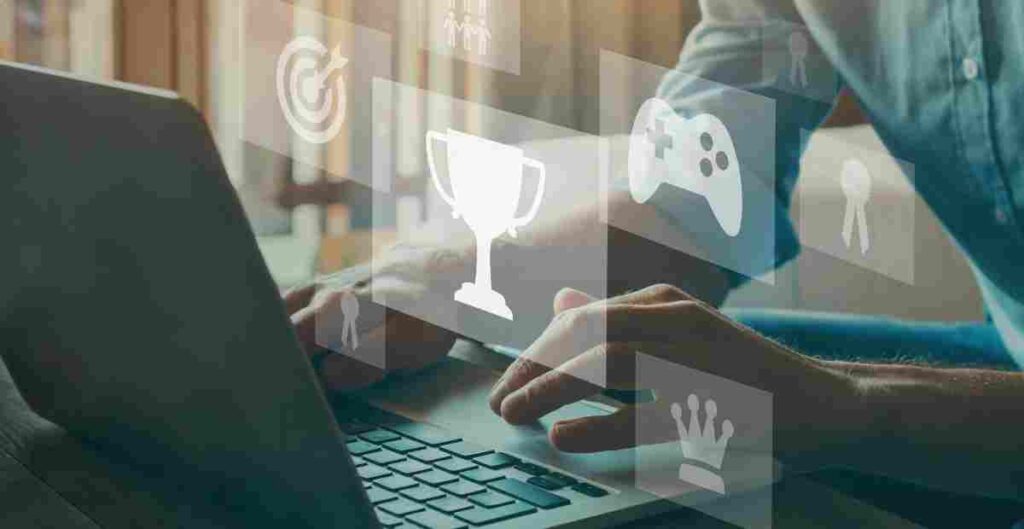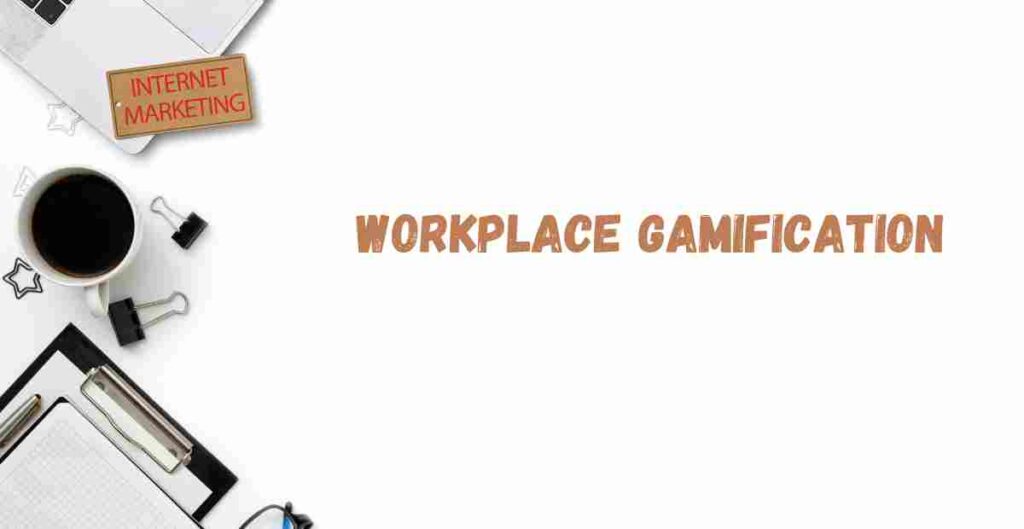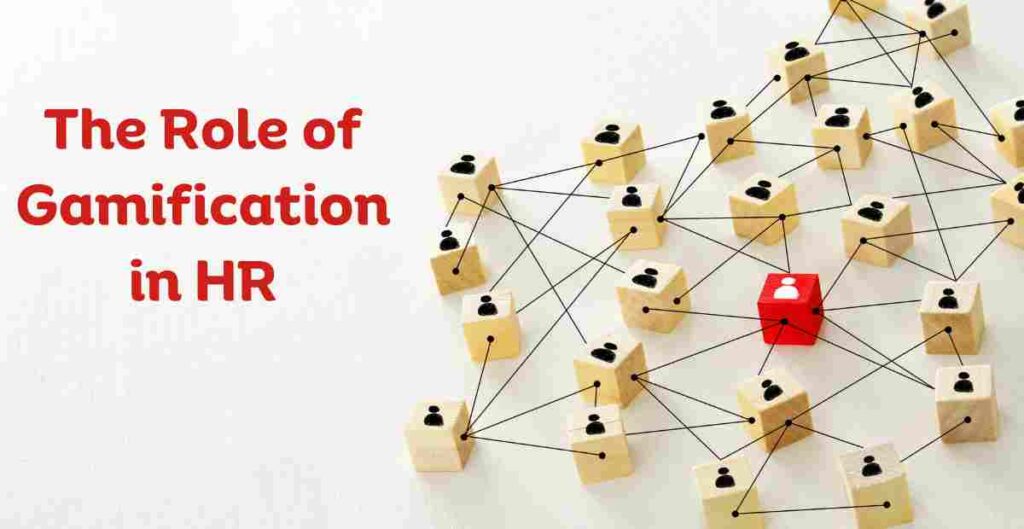Gamification is transforming how we work, from the way we recruit and retain employees to the way we train and motivate them. The use of game mechanics and design in a non-game context, or gamification, is becoming increasingly popular in the workplace. In this article, I’ll explore what gamification is, how it works, and the benefits and challenges of implementing it in the modern workplace.
Gamification in the Workplace

Gamification is the process of applying game design elements and mechanics to non-game contexts. In the workplace, this is done to motivate and engage employees, increase productivity, and create a more enjoyable work environment. Gamification can take many forms, from simple rewards and recognition programs to more complex systems that simulate games.
One of the key benefits of gamification is that it can make work more fun and engaging, which in turn can lead to increased productivity and job satisfaction. By incorporating elements of competition, feedback, and rewards, gamification can help employees stay motivated and focused on their goals.
Understanding Workplace Gamification

To understand gamification in the workplace, it’s important to first understand the basic concepts of game design. Games are designed to be engaging, challenging, and rewarding, and they often incorporate elements such as:
- Clear goals and objectives Rules and constraints
- Feedback and progress tracking Rewards and recognition
- Social interaction and collaboration
In the workplace, gamification can be used to create similar experiences that engage and motivate employees. This can be done through a variety of mechanisms, such as:
Point systems and leaderboards Badges and achievements Challenges and quests Simulations and role-playing Team-based competitions
Benefits of Gamification in the Workplace
There are many benefits to using gamification in the workplace, including:
- Increased engagement: Gamification can make work more fun and engaging, which can lead to increased motivation and job satisfaction.
- Improved learning and retention: By incorporating game mechanics such as feedback and progress tracking, gamification can help employees learn and retain information more effectively.
- Enhanced collaboration and teamwork: Gamification can encourage employees to work together and support one another, which can improve collaboration and teamwork.
- Increased productivity: By setting clear goals and objectives and providing rewards and recognition for achieving them, gamification can increase productivity and efficiency.
- Improved recruitment and retention: Gamification can make the workplace more attractive to potential recruits and can help retain existing employees by creating a more enjoyable work environment.
The Science Behind Gamification at Work
The science behind gamification is rooted in the psychology of motivation and engagement. Games are designed to be challenging and rewarding, which can activate the brain’s reward centers and release dopamine, a neurotransmitter associated with pleasure and motivation.
By incorporating similar game mechanics into the workplace, such as rewards, feedback, and progress tracking, gamification can activate these same reward centers and create a sense of achievement and satisfaction in employees.
How to Gamify Work
There are several steps to gamifying work effectively:
1. Identify the business goals and objectives you want to achieve through gamification.
2. Determine the game mechanics you will use to achieve these goals.
3. Design the gamification system, including the rules, constraints, rewards, and feedback mechanisms.
4. Implement the gamification system and train employees on how to use it.
5. Continuously measure and evaluate the effectiveness of the gamification system and make adjustments as needed.
Gamification Tools and Software for the Workplace
There are many tools and software available to help organizations implement gamification in the workplace. These range from simple point systems and leaderboards to more complex gamification platforms that can be customized to meet the specific needs of an organization.
Some popular gamification tools and software include: Bunchball
Badgeville
GamEffective Axonify Kahoot!
Examples of Gamification in the Workplace
There are many examples of gamification in the workplace, including:
- Deloitte’s Leadership Academy, which uses gamification to train and develop future leaders.
- SAP’s Community Network, which uses gamification to encourage collaboration and knowledge sharing among employees.
- Microsoft’s Ribbon Hero, a gamified training program for Microsoft Office.
- Duolingo, a language learning app that uses gamification to make learning a new language fun and engaging.
Challenges of Gamification in the Workplace
While gamification can have many benefits, there are also challenges to implementing it effectively in the workplace. These include:
- Resistance to change: Some employees may be resistant to new technologies or processes, especially if they are accustomed to traditional ways of working.
- Lack of buy-in: If employees don’t see the value in gamification or don’t believe it will help them achieve their goals, they may not be motivated to participate.
- Over-reliance on rewards: If the gamification system is too heavily focused on rewards and recognition, employees may become overly competitive or may lose sight of the larger goals and objectives.
- Lack of customization: If the gamification system is not tailored to the specific needs and goals of the organization, it may not be effective in achieving the desired outcomes.
Measuring the Success of Gamification in the Workplace
To measure the success of gamification in the workplace, it’s important to define clear metrics and objectives. These may include:
Increased productivity or efficiency Improved learning and retention Increased engagement or job satisfaction Improved collaboration and teamwork Improved recruitment and retention
By measuring these metrics before and after implementing a gamification system, organizations can assess the effectiveness of the system and make adjustments as needed.
Gamification Training and Certification Programs
For organizations interested in implementing gamification in the workplace, there are many training and certification programs available. These programs can provide employees with the knowledge and skills needed to design, implement, and manage gamification systems effectively.
Some popular gamification training and certification programs include: The Gamification Summit
The Engagement Alliance
The University of Pennsylvania’s Gamification MOOC
The Wharton School’s Executive Education Program in Gamification
Gamification Service Providers for the Workplace
For organizations that don’t have the resources or expertise to implement gamification in-house, there are many service providers that can help. These providers offer a range of services, from consulting and design to implementation and management of gamification systems.
Some popular gamification service providers for the workplace include: Bunchball
Badgeville
GamEffective Axonify
The Octalysis Group
Conclusion
Gamification is transforming the modern workplace, making work more engaging, motivating, and enjoyable. By incorporating game mechanics and design into non-game contexts, organizations can improve productivity, collaboration, and learning, while also attracting and retaining top talent.
While there are challenges to implementing gamification effectively, organizations that take the time to design and implement gamification systems that are tailored to their specific needs and goals can reap significant benefits.
Whether through in-house training and development or by partnering with a gamification service provider, organizations can use gamification to revolutionize the way they work.

